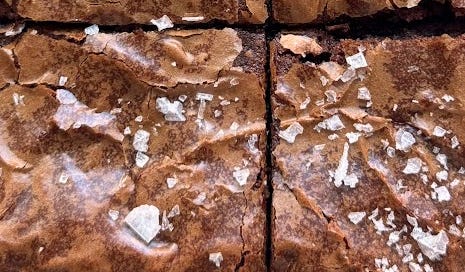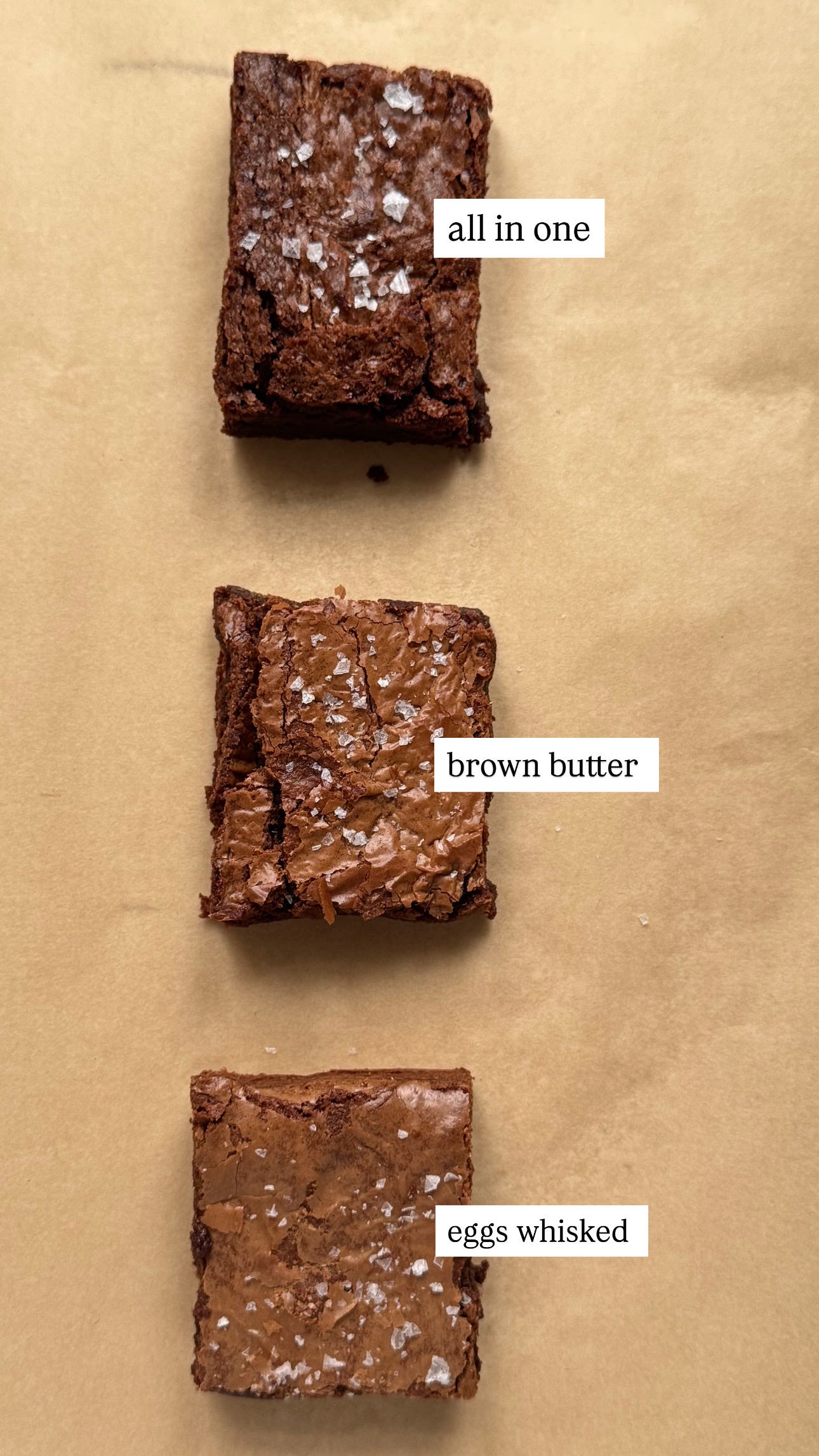the ultimate brownie guide: how to get a crinkly top!
and no its not just whisking sugar and eggs together
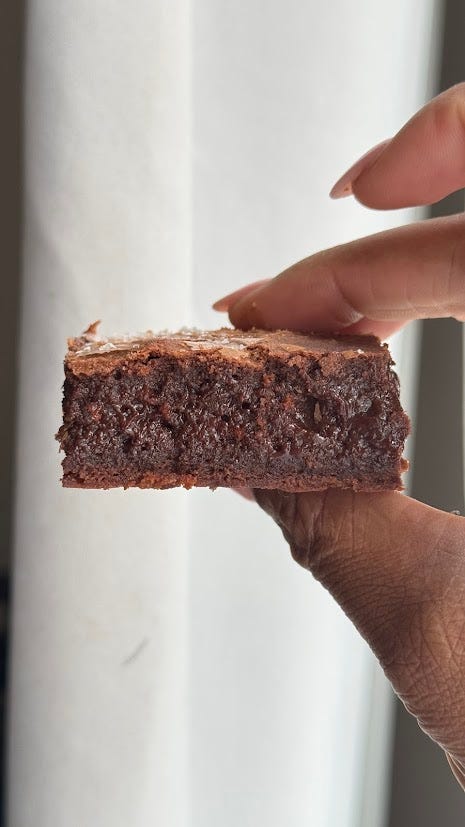
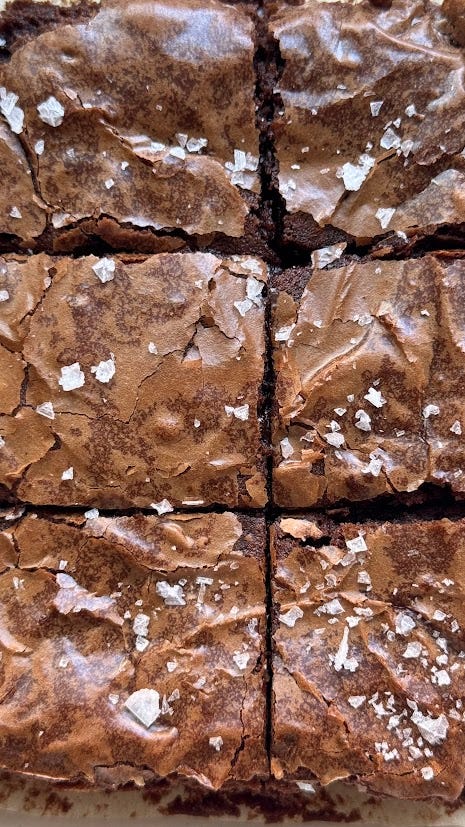
As someone who has sold more brownies than I care to count (hundreds and thousands), I can confidently say that these are THE BEST brownies. And listen, I don’t just make brownies - I live for them. I could (and have) eaten them daily. So buckle up, because we’re about to deep-dive into everything that makes a brownie great—from the chocolate (non-negotiable) to the sugar (science-y magic) to that glossy, crinkly top that makes you feel like you’ve just graduated from pastry school.
Chocolate
This is the most crucial ingredient. Brownies without real dark chocolate? Blasphemy. If you’ve ever had a brownie made with just cocoa powder, I hate to break it to you, but that was just a fudgy chocolate cake in disguise.
I always use dark chocolate because it intensifies the flavour. If you don’t like dark chocolate… well, first of all, grow up (kidding, kind of), but more importantly, milk chocolate just won’t cut it. It’s too sweet, not chocolatey enough, and lacks the cocoa content needed for the perfect texture.
If you’re after a blondie (a.k.a. a white chocolate brownie), I’ve got a top recipe in my debut cookbook, Sugar & Spice—yes, I’m plugging my book, because if I don’t, who will?!
Now, like I mentioned, we’re deep-diving into how to get that perfect crinkly top. My fudgy brownie base was already perfected (humble brag, but it’s true), so this is how I tweaked and tested to get that shiny, crackly, bakery-style top.
Sugar
Sugar doesn’t just make brownies sweet—it controls texture. Too much and you’ve got a soggy mess. Too little and your brownies will be dry and sad (and who wants that?).
I’ve tested both light brown and white sugar, and both work well for texture, but for a crackily top my go-to is caster sugar (for my american peeps that’s superfine sugar, but not icing sugar!). As it’s finer it dissolves quickly, which is crucial for the next step…
So, How Do You Get That Crinkly Top?
Ah, the question that kept many bakers awake at night. It comes down to two things:
Dissolving sugar into the batter.
Keeping water content low.
Eggs & Sugar
We already know that sugar is super important in this recipe. Still, we want to whip the eggs and sugar together, not to meringue levels (this is a brownie, not a pavlova), but enough to dissolve the sugar. When the sugar is properly dissolved, it migrates to the surface during baking and recrystallizes, creating that shiny, crackly top.
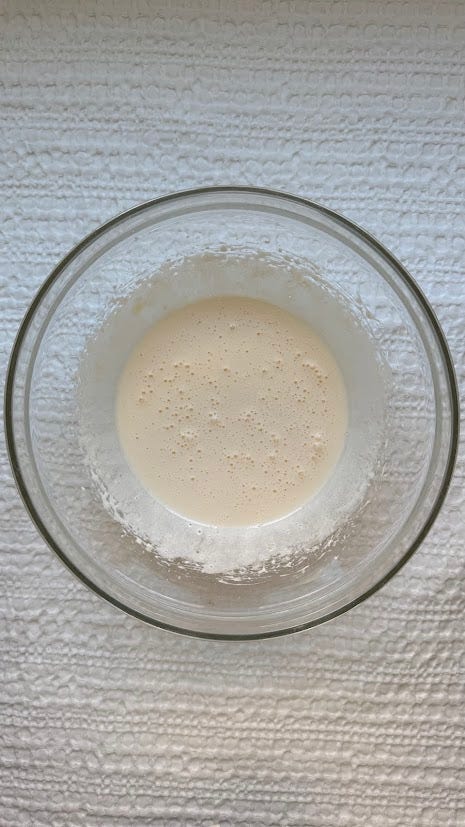
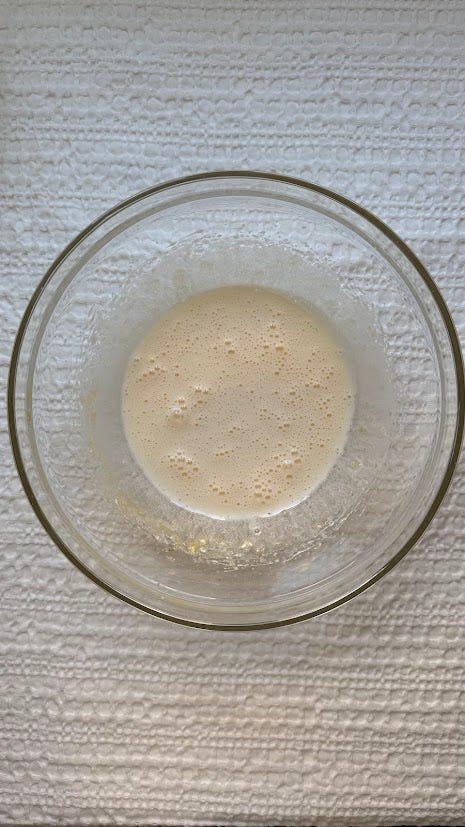
Low Water, High Chocolate & Fat
The brownie base has a high sugar-to-chocolate-to-butter-to-egg ratio, which keeps the water content low. In fact, the chocolate-to-sugar ratio is 1:1, while the egg ratio is 2:1 (because egg whites hold a lot of water). The less water, the better the crinkle.
So, remember that viral 100-hour brownie recipe? The science behind that was Time + Sugar dissolution. While many people thought that browning the butter led to just a better taste, it also helped with the texture and appearance. By browning butter (we talked about how to do this here) it evaporates water, making the sugar even more concentrated plus the sugar then sits in the batter for hours, dissolving even MORE, leading to maximum crinkle! UGH I LOVE SCIENCE, BABY.
I Tested Three Methods, Here’s What Happened:
All in One: Adding all the ingredients together no extra intensive whisking.
Browned Butter: Same as above but browned butter (less water)
Eggs & Sugar: whisked for 2 minutes (electric mixer, medium-high)


